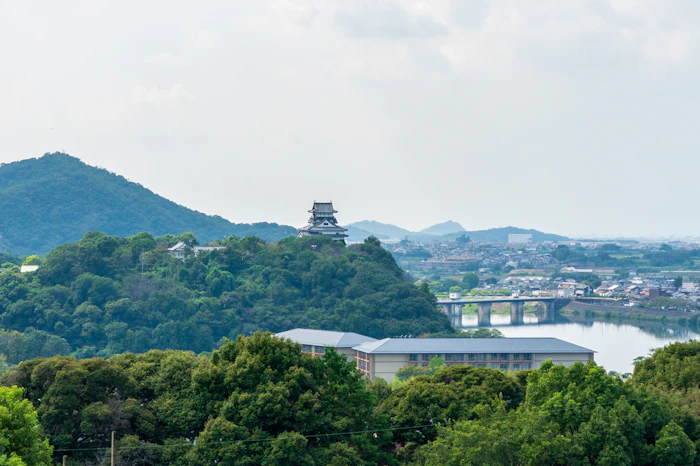
articles

Potter
Inuyama Ware: A Reflection of a Feudal Lord's Passion
"When my father passed away at the age of 80, I was already 50 myself. So thankfully, I had no hesitation or second thoughts about succeeding him as the 7th generation head."
The main house is a nationally Registered Tangible Cultural Property. Recently converted into a café, the interior exudes a tranquil atmosphere with the dark tones of its time-worn timber. In a tatami room just off the doma (earthen floor entrance), Tatsushi shared the history of Inuyama ware and his own journey.
The origins of Inuyama ware date back to the Edo period. Although theories vary, it is said to have begun during the Genroku or An'ei eras when Okumura Denzaburo, the village head of Imai Miyagabora in Inuyama, took in potters who had left the Mino region. The practice of stamping the kiln mark "Inuyama" on the pieces they created marked the beginning of Inuyama ware.
"The Imai kiln thrived as long as the Okumura family was prosperous. However, after the 3rd generation head passed away, the family's fortunes declined. They could no longer support the potters, and the Imai kiln became unsustainable. The potters returned to farming. It was then that the feudal lord lamented this loss."
In 1810 (the 7th year of the Bunka era), the 7th lord of Inuyama Castle, Naruse Masanaga, ordered a merchant from the castle town, Shimaya Sokuro, to reopen a kiln in the Maruyama area, east of the castle. However, it seems it did not fare well as a business.
The kiln was passed from the Shimaya family to another merchant, Oshima Tabe'e. The Oshima family brought in the potter Kato Seizo from Shidami (present-day Moriyama-ku, Nagoya) to bolster the technical side of the operation. Although Inuyama ware made technical advancements during this time, it failed to become a stable business, and the Maruyama kiln eventually closed.
"When the Oshima family let go of the business, the lord finally decided to fund it himself. He appointed Kato Seizo, who had been a potter for the Oshima family, as the master of the kiln and also summoned artisans to Inuyama who could create aka-e (red paintings) and unkin-de (cloud and brocade) designs."






